Concerns Surrounding the Use of Opioids
Opioid therapy is a widely accepted treatment for severe acute pain and certain types of chronic pain. Patients may benefit from the analgesic effects of the medication. However, an array of potentially lethal side effects is associated with opioid use. Serious associated side effects include respiratory depression, hyperalgesia (an enhanced pain response), and overdose. Other side effects of opioids include constipation, tolerance, physical dependence, fatigue, dizziness, confusion, depression, and decreased testosterone. The latter may cause decreased sex drive, energy and strength.
Risk Factors for Misuse
While acknowledging the valid medical need for opioids in certain patients, clinicians must also recognize individual risk factors for abuse and diversion. Factors that indicate a potential for misuse include a history of alcohol/substance abuse, a history of mental illness and previous aberrant behavior with opioid therapy. Notable signs of misuse include overlapping prescriptions from multiple providers, the request for high daily dosages. The severe level of respiratory depression caused by mixing opioids with benzodiazepines is particularly noteworthy concern. Recent data from the National Institute on Drug Abuse (NIDA) demonstrated that from 2002-2016, deaths from benzodiazepine overdoses increased six-fold when there was concurrent use of an opioid. Additionally, an increasingly popular remedy for chronic pain is the use of cannabis. The use of cannabis is a significant risk factor for opioid misuse. Patients who test positive for cannabis in their urine toxicology reports are more likely to have a future occurrence of an opioid related aberrancy. Concurrent use of cannabis and opioids is not recommended.
The abuse and diversion of opioids is a serious public health problem. To provide the best quality of care, it is critical for providers to understand proper prescribing of controlled substances along with appropriate dose limits and compliance testing. Additionally, patients must understand the valid concerns of the provider and understand the risks and benefits of therapy.
Regulating Opioid Prescriptions
The Centers for Disease Control and Prevention (CDC) released a review on the effectiveness and risks of opioids, which included recommendations for patients and providers regarding proper management of opioid prescribing. Primarily, the CDC recommends non-opioid therapy as the preferred treatment of chronic pain. These modalities include physical therapy, non-opioid medications, and cognitive behavioral therapy. When conservative interventions fail, opioids may be prescribed as part of a multimodal treatment plan. Clinicians should establish treatment goals with patients and consider how the medications will be discontinued if necessary. Generally, the treatment goal of opioid therapy is to reduce the patient’s pain by 30-40%. To begin treatment, low dose, immediate release opioids should be prescribed. If increasing the dose is necessary, it should be done gradually and the risk of harm should be reevaluated. Clinicians should assess the benefits and harms of continued opioid therapy with patients at least every three months and review prescription drug monitoring program data regularly for high risk combinations or dosages and the identification of multiple providers.
In cases of severe acute illness or injury, each state has guidelines for opioid prescribing. In Pennsylvania, prescriptions should be limited to the amount needed until follow-up and should not exceed seven days. Providers should not prescribe long acting opioid agents such unless the prescription is a part of a properly coordinated treatment plan.
Good Prescribing Patterns for Providers
The guidelines recommended by the CDC provide guidance for responsible and effective prescribing of opioids. Providers are encouraged to review notes from any outside providers and evaluate an individual for known risk factors. A urine drug screen should be obtained at least once every 6 months, and the patient’s PDMP should be checked at each visit. The clinician should continue to assess each patient using the “Five A’s of analgesia”: activity, analgesia (pain score/percent relief), adverse effects, aberrant behaviors, and affect. An example of a prescribing checklist is provided in the left side column.
When prescribing opioids, it is also recommended to provide a prescription for NARCAN® (naloxone HCl). Naloxone is used for the treatment of an opioid emergency or a possible opioid overdose with signs of breathing problems, severe sleepiness, and unresponsiveness. Since most accidental overdoses occur in a home setting, having naloxone available may help in these situations.
Contact form
Or just call (412) 221-7640 and we’ll do everything we can to help.
Across all review platforms
Dr. David Provenzano, a leading expert throughout the nation for treating patients who suffer daily from pain, uses advanced diagnostic techniques to assess the source of the pain and develop a comprehensive and safe treatment approach that can significantly reduce your pain.

